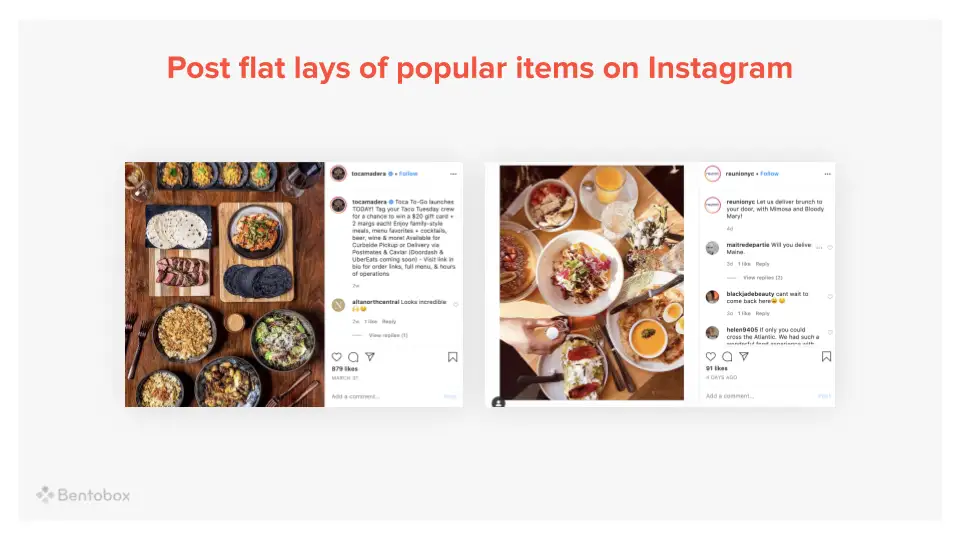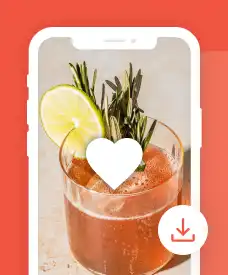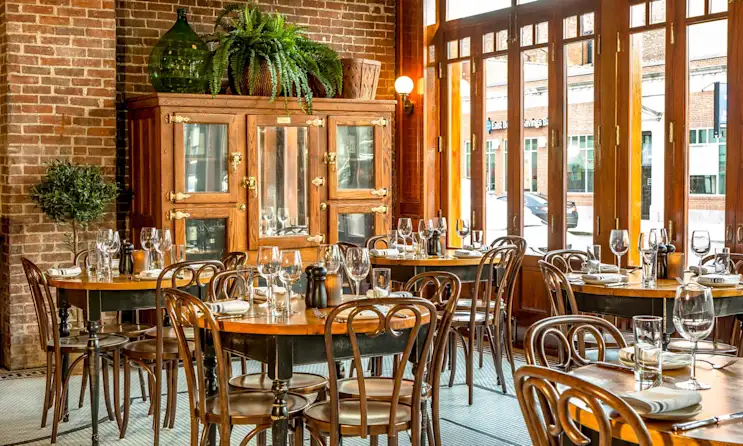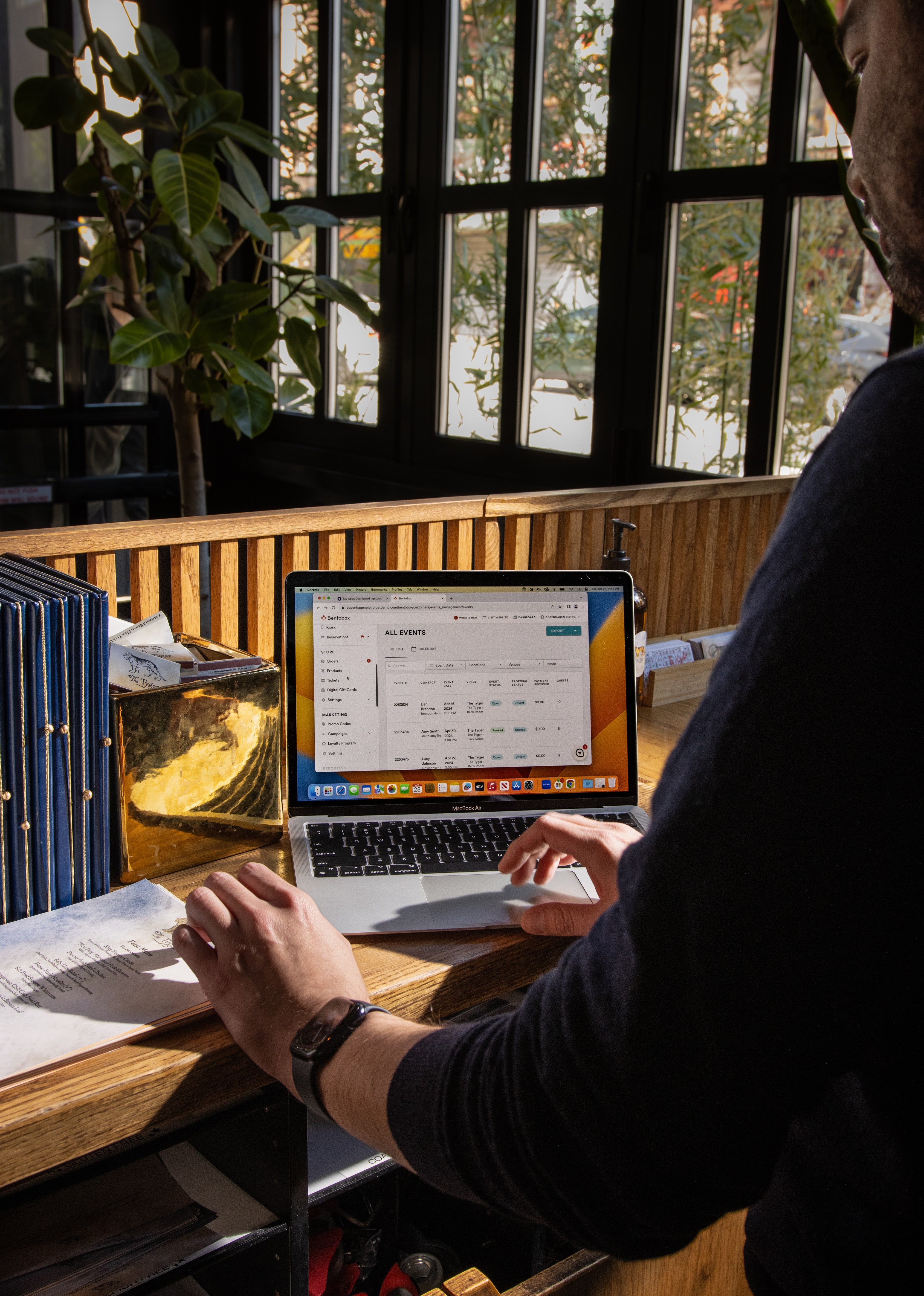Interview
How Marketing Drives Vital Revenue for Ghost Kitchens
November 30, 2020
In conversation with US Foods, learn tips on how to get started and successfully market a ghost kitchen concept.
There has been no better time for ghost kitchen concepts than now. COVID-19 has posed great challenges to brick and mortar spaces since March, and with new cases spiking to their highest levels, on-premise dining — whether indoor or outdoor — will be problematic as restaurants enter the fall and winter seasons. Restaurants can continue to operate and grow their business through the delivery-only nature of ghost kitchens or what is often referred to as “virtual restaurants.”

BentoBox Marketing & Commerce Platform
Opening a New Restaurant?
Help customers find you. 80% of diners search online before visiting a restaurant.
Service Providers Are Supporting Ghost Kitchens
The advantages of ghost kitchens have caught the attention of other restaurant industry service providers. In August, US Foods launched its ghost kitchen pilot program, which set out to help restaurant operators navigate the process of starting a ghost kitchen concept. The program, in its short time in action, has been a huge success. Among some of the ways US Foods assists operators is by guiding them through their playbook. We spoke with Kristin Hughes and Matt Howard of US Foods who help restaurants start ghost kitchen concepts.
“The [US Foods ghost kitchen] playbook is a step by step guide to take operators from a very early interest stage through the entire process of how to get started — how to build the brand, how to build a digital presence, how to market the concept and how to create a menu,” says Hughes. “ We basically help with everything — from start to finish.”

Howard sees it similarly. “Some people are very familiar with the concept of ghost kitchens and how they work but then I have a lot of conversations with people that are just starting to learn about the concept and identify whether it’s right for them. So I think our role is really about guiding the process, pointing people in the right direction and setting their expectations to see if a ghost kitchen is right for them.”
Once someone decides to start a ghost kitchen operation, getting the word out is the most important part.
How To Market a Ghost Kitchen and See Results
As virtual restaurants have no brick and mortar location for guests to visit, they rely on a digital presence to create visibility in the marketplace. This starts with the website.
“With any brand, restaurants need a great website — one that is optimized to make purchasing things very, very quick,” says Hughes. “Customers need to be able to find the name, phone number, email address, a way to see the hours of operation and a way to order online. Customers need to be able to find this information in less than ten seconds from their phones. We're so used to having things so quickly and so fast that if someone has to wait for something to download or to keep searching around to try to find a menu, they’re not going to wait and they’re going to move to the next place. So we really want to make sure the brand has that really strong digital presence.”

Alongside US Foods, BentoBox has been there to help ghost kitchens hit the ground running when it comes to building their website and online ordering platform. Scott Frank, the owner of Baked Wings in Loves Park, IL, spoke with US Foods about the process of getting started. “We literally got this thing [Baked Wings] from a brainstorming session to up and running in weeks. This wasn’t a six-month project.”

Ghost kitchens rely heavily on digital marketing to drive business. While third-party marketplaces — such as Grubhub — directly market the concept in the app for you, the profits lost are often not worth the cost. Third-party marketplaces take up to 30+% of proceeds from each order and fighting for customers in the marketplace is highly competitive. Some ghost kitchens have chosen to forgo that route and rely heavily on creative marketing strategies to drive traffic to their website where customers can order directly from their online ordering platform.
Frank explains his decision to implement this strategy. “Baked Wings is not on DoorDash, Grubhub or Uber Eats. We push everyone to baked-wings.com. The problem is if you’re sitting on your couch on Sunday and you’re going to watch the Bears game, and you just pull your DoorDash app up and look for wings, you’re not going to see Baked Wings. So we’re missing a customer base there, and I was warned about that by [my US Foods rep] Bryan but I said you know what, I’m sticking my flagpole in the ground, we are just 100% going to market this to baked-wings.com. For me, it’s worth the risk and I’m confident enough in our creative marketing that we’re going to reach all of our customer base in the area, but it’s going to take some time. But that’s what we decided to do and I’m very happy about that.”
While a strong, creative marketing strategy will drive customers to place orders online, there are ways that operators can optimize their website and other brand channels to drive more business and conversions.
A ghost kitchen’s website must have strong food photography and apply SEO best practices. Hughes agrees. “We want to make sure that the food photography on their website and on social media is going to entice people to want to order. This [the website] is the most important part, outside of great food, to make a ghost kitchen work.”
Investing in High-Quality Food Photography
High-quality food photography is a must when it comes to converting more online visitors into paying customers. It’s a chance for a restaurant to show off its cuisine-type and offerings. Whether it’s for general use on the website, social media, or images for specific items on the ordering page, investing in this area is key.
“Photography is super important because we know statistically, that people are more apt to stop and read a picture. They're even more apt to stop and watch a video. So pictures and video are the bread and butter of marketing these ghost concepts,” says Howard. “If somebody is on a shoestring budget, I say, ‘hey, let's maybe use some stock photos on the website and then let's do a good photoshoot in your kitchen with actual food and get some good photos.’”

He suggests obtaining an archive of 20 or 30 pictures that restaurants can use on their social channels and videos of the chef cooking or plating the food. Together with a folder of stock images, restaurants can have plenty of creative collateral to use at their disposal for social media marketing purposes.

Lastly, Hughes suggests that restaurants can reach out to their customer base to help with photography as well. “We tell restaurants to ask their customers for their best food photography. Some of the best pictures we've seen come from people that have ordered previously and sent pictures to the restaurant.”
How to Maximize Social Media Marketing
Where a ghost kitchen’s website serves as its digital storefront, social media is an important marketing channel for them to drive more traffic, and subsequently, more online orders.

“We help set up a social media plan. What the restaurant is going to post, what days they’re going to post — making sure that they’re looking back at the analytics and seeing what days and time the restaurant is getting better responses,” says Howard.
This is all done to maximize the effectiveness of each post. Howard also suggests maintaining a consistent schedule. “I'm a big fan of posting twice a day, but no more because if you post a ton, people start to unfollow and then the posts lose traction.”

On the topic of throttling social media marketing efforts, Howard speaks to the flexibility that Ghost Kitchens allow. “If it [incoming business] is too much, you can slow it [marketing efforts] down. If it's not enough, then great, we can help a restaurant with a ton of marketing and drive more revenue.”
On building an emotional connection with social media followers, Hughes has key advice for her customers, “What I advise a lot of my customers [is] you have to make social media personal. You need to show the chef walking around and showing ownership, walking around to the tables, making sure everything is okay. We need a face and a personality behind each brand.”
Lastly, it’s important to ensure that visitors to the website are able to find a restaurant's social media channels. Restaurants should add icons and links directly on the website that are always visible. This 360 approach can drive more traffic to both sources.

RESOURCE
25 Creative Restaurant Instagram Ideas
Inspiration from the largest restaurant social accounts, with advice on how to apply it to your own strategy.
Build Out a Strong Email Marketing Campaign
Once a ghost kitchen concept has a strong website, invests in good food photography and establishes a social media presence, the next tier of successfully marketing a new concept is creating a strong email marketing strategy. It’s well known that email is an invaluable marketing tool for driving traffic back to the website or online ordering platform to convert into paying customers.

A few important factors can ensure that email marketing campaigns are more effective.
Write clear, straightforward subject lines so guests know exactly what their receiving
Lead each email with a fun, branded graphic or a high-quality food image
Emails should highlight new items or specials that the restaurant is offering
Use this opportunity to upsell items to drive higher checkout rates which boosts more revenue
It’s essential that the email has a clear, prominent call-to-action in the email that says, “Order Here” or “Order Now”
For restaurants who already have brick and mortar restaurants or ghost kitchen brands can tap into their existing customer base to send marketing campaigns too. For example, with BentoBox, any time a visitor orders online, that customer's information, such as name and email address is stored on the backend to be used for retargeting purposes such as emails. Restaurants can download their list of email addresses and add it to their list for a new ghost kitchen concept to drive orders.
Ghost Kitchens Are Here to Stay
While COVID-19 has greatly affected on-premise dining, the trend toward online ordering, takeout and delivery has been happening for the last several years. The growth rate for online food ordering and restaurant delivery has grown 20% over the last 5 years and COVID-19 is set to only exacerbate that trend.
When discussing the role of ghost kitchens in a post-COVID-19 world, Hughes adds, “I think they're absolutely here to stay. I think that now that restaurants see how easy and low-risk ghost kitchens really are, that I think that's what's bringing more people to do it.”
Howard adds, “you're going to see more and more delivery-only concepts popping up — the cloud kitchens, the shared commercial space with seven or eight restaurants operating out of a giant commercial warehouse. You're going to see more and more of that kind of stuff popping up because it's everything we've talked about. It's low risk, it's easy and it's fast. If it works, great, if it doesn't, boom, we're moving on to something else. So I think it's here to stay and definitely going to see it grow.”
Opening a ghost kitchen can be easier than you imagined. Through the US Foods® Ghost Kitchens program, you can get expert one-on-one support and an exclusive Ghost Kitchens Playbook to help identify the right concept for your ghost kitchen, build your brand, optimize your menu and turn on operations to add this new revenue stream. To get started, click here to set up a free consultation with your local US Foods Restaurant Operations Consultant and Food Fanatics® Chef.

BentoBox Marketing & Commerce Platform
Deliver Smarter Hospitality
Want to stand out online, bring in more money, engage your diners, and streamline operations?
Recommended

Holidays
8 Ideas for Restaurant Holiday Promotions & Events
October 5, 2021
Check out these examples of restaurant events, and see if they make sense for your upcoming holiday plan.

Marketing
10 Unique Restaurant Promotion Ideas to Boost Sales
September 12, 2024
Special offers are a great strategy for getting more diners through your door.

Marketing
27 Subject Line Ideas for Your Restaurant Emails
December 1, 2022
Boost your email marketing strategy and improve your open rates with better subject lines. Plus, learn what types of restaurant emails you should be sending.

